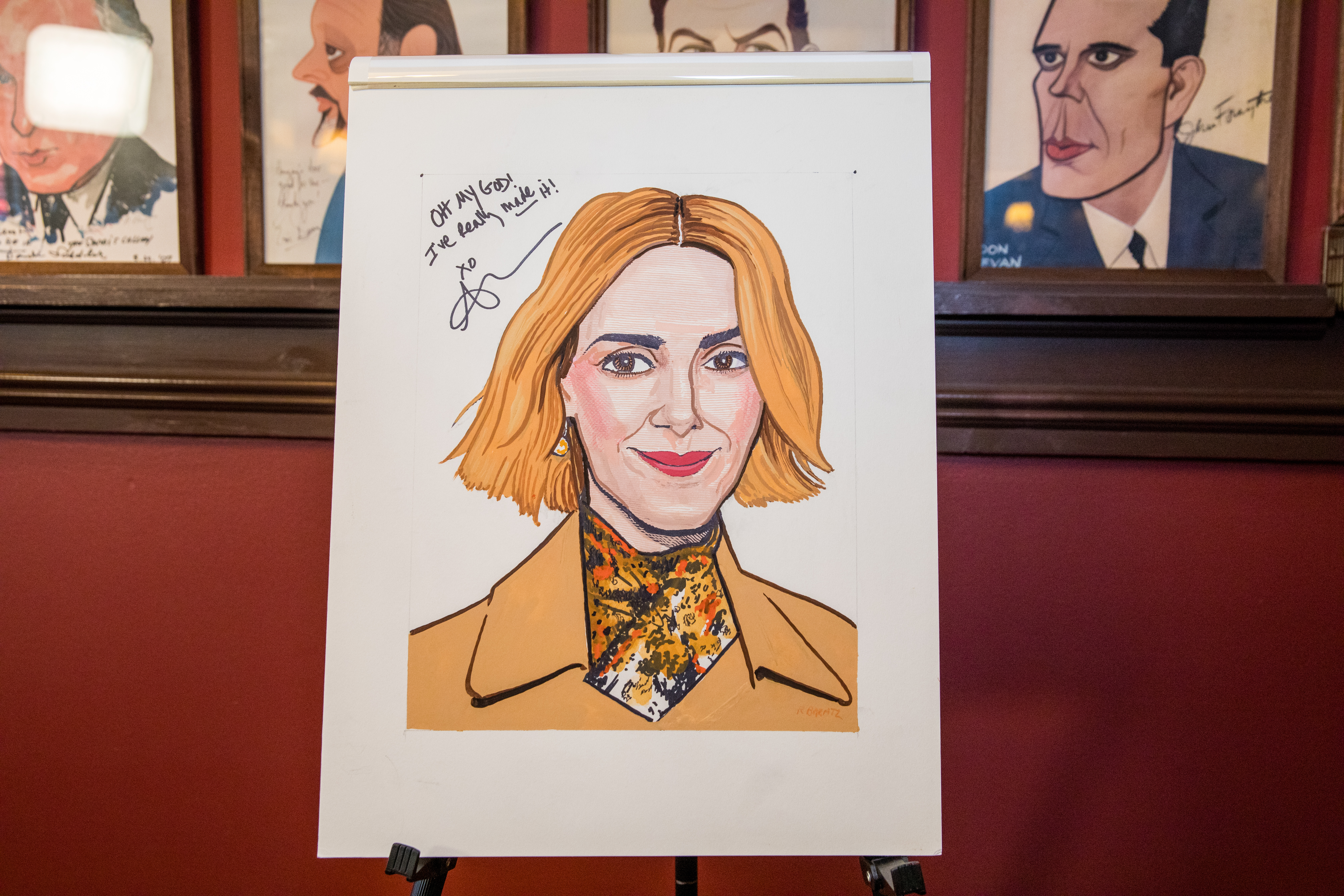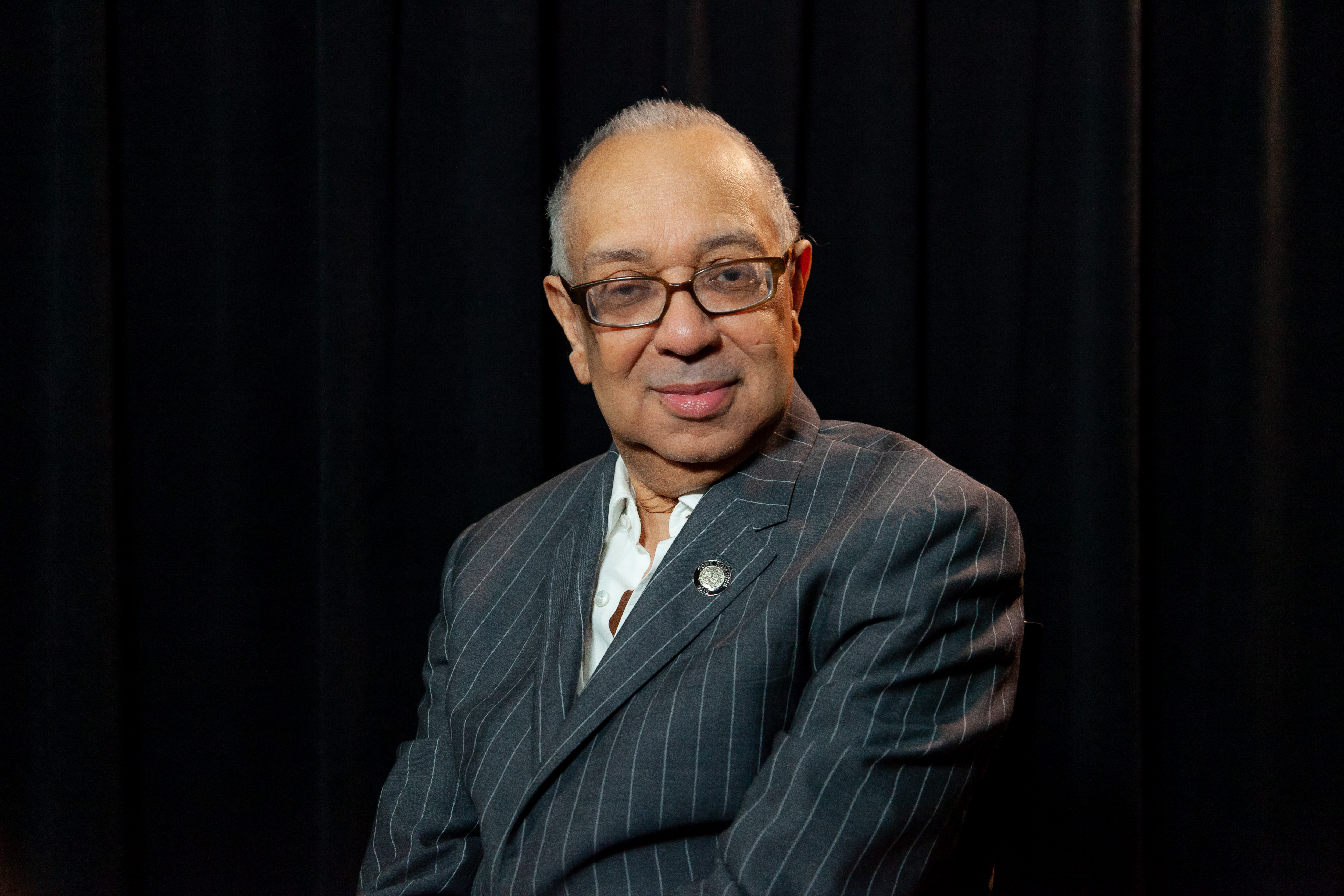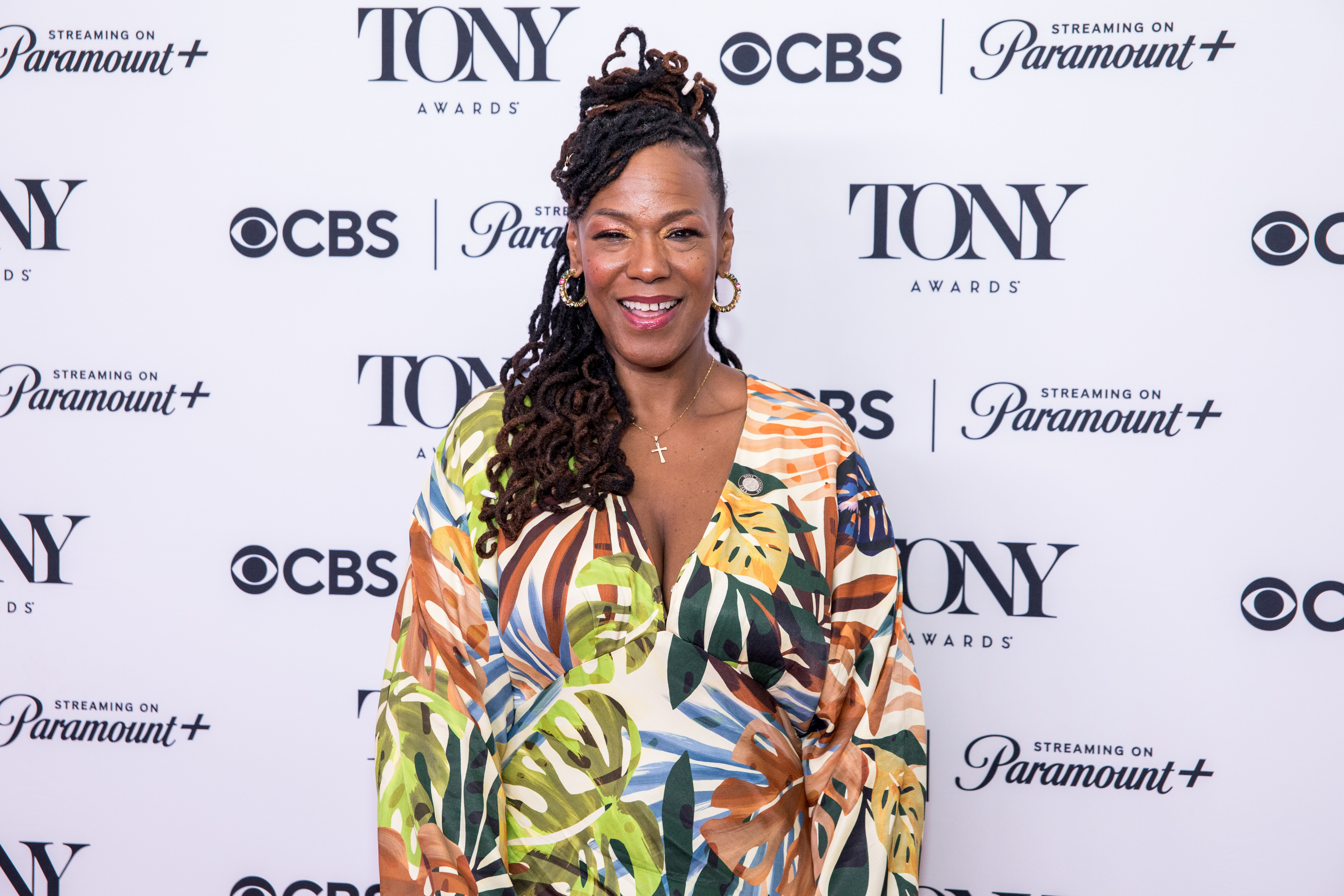Happily Ever After?

Vanessa Williams in Into the Woods
Sometimes, fairy tales do come true–even on Broadway. Stephen Sondheim and James Lapine are taking us back Into The Woods with a revival of their Tony Award winning musical, set to open at the Broadhurst Theatre on April 30 following an acclaimed tryout at the Ahmanson in Los Angeles. “This is a new production,” says writer-director Lapine. “We have redesigned the show and I am working with all new people. I love the old production but I didn’t want to go back to it; I wanted to dig a little deeper and try new things.”
Into The Woods blends several of the Grimm brothers’ most famous fairy tales–“Cinderella,” “Rapunzel,” “Little Red Riding Hood,” and “Jack the Giant Killer”–with an original story by Lapine about a Baker and his Wife who attempt to reverse a curse on their family in order that they may have a child. The show originally opened on Broadway in 1987 and won Tonys for its score and its book; Joanna Gleason also was honored for her performance as the Baker’s Wife. Probably due in part to the familiarity of its characters, Into The Woods is the Sondheim show most frequently licensed for both professional and amateur productions.
The coveted role of the Witch is played by none other then the dynamic Vanessa Williams, last seen on Broadway in Kiss Of The Spider Woman. This former Miss America is also a nine-time Grammy nominated singer and a film star. “It’s an honor to be working with James Lapine and Stephen Sondheim, the team that created the piece,” she says of Into the Woods. “It’s always been a dream of mine to originate a Broadway role and this is the closest I have come to that so far.”

after the Witch’s transformation
As far as Williams is concerned, “The Witch is not a dual role; she has a dual personality. She starts out as an old woman with a hump on her back; she has the ability to cast spells on people and is feared in the kingdom. Later, she is transformed into a beautiful witch in a costume that makes her look like a Greek goddess. It’s absolutely fabulous! As a result, she loses all of her powers and becomes the voice of reason. She is the most honest character in the show.”
The star is gearing up for a long run, and that’s just fine with her. “On Broadway,” she explains, “you get to do it all. You sing, you dance, you act. You have a live audience there and you can make it different every night. It’s also a challenge because you can’t fake it. In the theater, you have to come in with your guns a-blazing, and that’s what I love to.” Of Sondheim’s score, she says, “The music is very melodic and also very complex in terms of harmonies that you have to learn in a group, but it’s very rewarding once you crack the code.”
Stephen DeRosa, who plays the Baker, feels that “this is a great musical to be doing right now. It’s a story about people who have to cope with a crisis and take responsibility for their actions. Before there were talk shows and before group therapy, you had fairy tales to teach kids how to cope with things.” Kerry O’Malley is the Baker’s Wife in this production, and she enthuses that she and DeRosa are “having a great time together. There are so many things to explore and the role is so rich and brave. The Baker’s Wife is very much like a modern woman in Manhattan who is going through in vitro fertilization: She has everything she wants except a child, and she will do anything to get one.”
Appearing as the Narrator and the so-called Mysterious Man in the show is John McMartin. “Working on this has been sheer panic,” says the fellow who created the role of Ben Stone in Sondheim’s Follies, “only because I introduce all of the various elements of the story. There is underscoring all the way through the show and I have to come in with dialogue at certain specific times, so it took me awhile to get secure with it.” Christopher Sieber, who plays the Wolf and Rapunzel’s Prince, has been involved in one of the biggest changes in the show. “They decided to bring in two wolves [Gregg Edelman plays the other] and it was an interesting process to find out how that would work,” says Sieber. “In the original, there was only one.” Laura Benanti, one of Broadway’s brightest ingénues, describes her role of Cinderella as “a little different from most others that we are used to seeing–at least, the ones I remember as a child. She is a little more modern, quirkier, more indecisive.”

Marylouise Burke as his mother (right)
with Chad Kimball as Milky White (left)
Though Into the Woods has plenty of juicy roles for adults, Lapine notes that “One of the great things about the show is that it offers a lot of opportunities for young performers. We have some extraordinary people in our company, including 15-year-old Molly V. Ephraim as Red Riding Hood and 17 year-old Adam Wylie as Jack.” Ephraim, who is still in high school, says that “the biggest challenge for me right now is pulling good grades while doing the show. It’s really tough and very stressful–but it’s worth it! This is my Broadway debut and I am very excited. I did the show two years ago in Philadelphia and I remember seeing the names Lapine and Sondheim on the script and thinking, ‘Will I ever get to work with them?’ So I am truly blessed to have this dream come true.” Wylie is equally thrilled to be on board. “I love playing Jack,” he says, “though he isn’t the brightest of all the characters; he’s the dull knife, you might say. He really loves his cow but he would do just about anything to make his mom happy, so he sells the cow to the Baker for some beans–and then all hell breaks loose.”
John Carrafa, who created the musical staging for Urinetown and is choreographing Into the Woods, remarks that “Working with James Lapine and Steve Sondheim is like playing basketball with Michael Jordan. They’re so great when it comes to sharing what they know about the incredible history of musical theater. I feel like Steve has taken me under his wing a little bit. My approach to the show was to listen to the score a thousand times, to try to find what excited me about it and how to make the story clear through movement.”
As for Lapine, he is very much enjoying his return to the Woods. “This is the kind of show that stands up to being revisited,” he says. “It’s like a fairy tale that you can reread and it will mean different things to you at different times in your life. When I wrote the show, I was about to become a father and I was really worried about whether or not I was going to be a good parent. Now my daughter is in her teens and there’s a whole other set of problems, so it’s sort of amusing to me that I wrote something I can learn from.”










